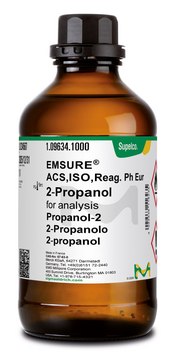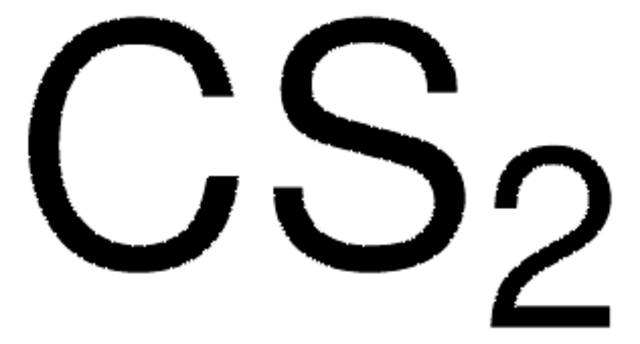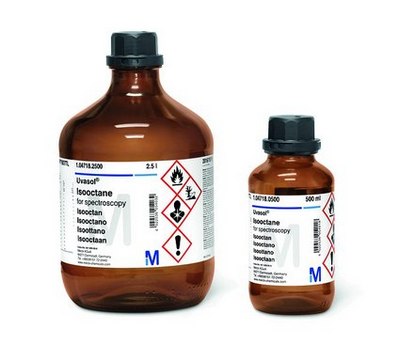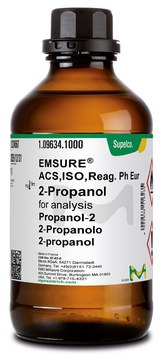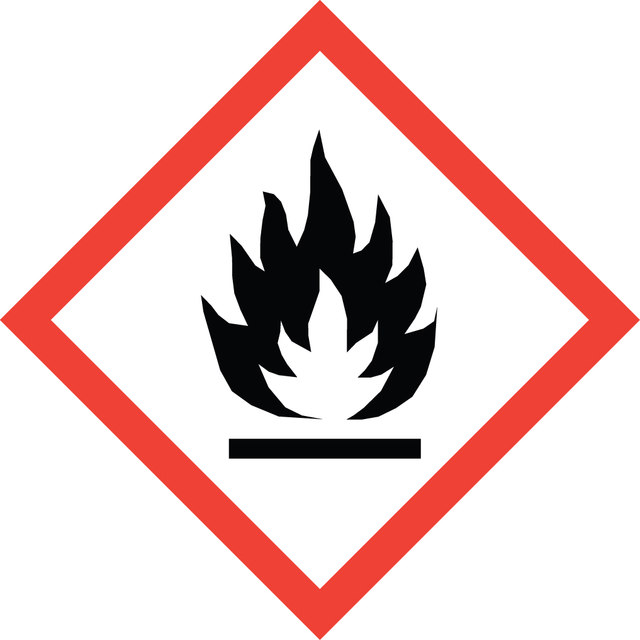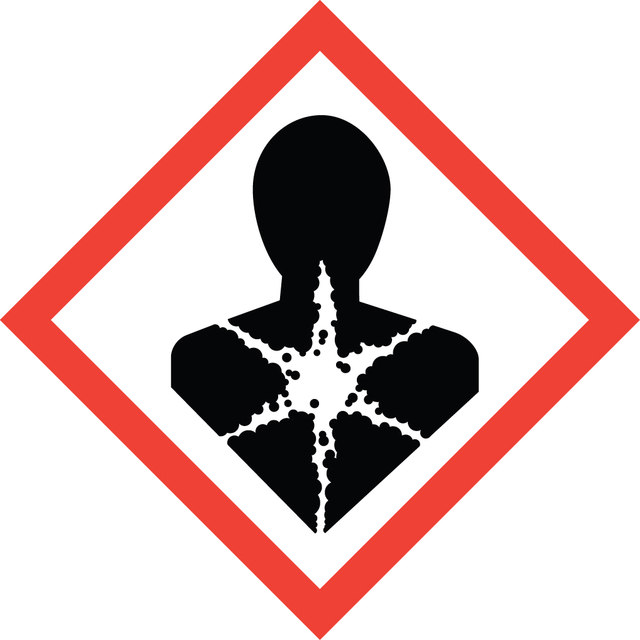推荐产品
蒸汽密度
2.67 (vs air)
质量水平
蒸汽压
5.83 psi
产品线
ReagentPlus®
方案
≥99.9%
表单
liquid
自燃温度
212 °F
纯化方式
redistillation
expl. lim.
50 %
杂质
≤0.03% (water)
≤1.5 ppm hydrogen sulfide
≤2.5 ppm sulfur dioxide
<100 ppb benzene (No single impurity > 100 ppb, measured as benzene)
<500 ppb total hydrocarbon content
颜色
APHA: ≤10
折射率
n20/D 1.627 (lit.)
沸点
46 °C (lit.)
mp
−112-−111 °C (lit.)
溶解性
alcohol: miscible(lit.)
benzene: miscible(lit.)
密度
1.266 g/mL at 25 °C (lit.)
SMILES字符串
S=C=S
InChI
1S/CS2/c2-1-3
InChI key
QGJOPFRUJISHPQ-UHFFFAOYSA-N
正在寻找类似产品? 访问 产品对比指南
一般描述
Carbon disulfide is a toxic, highly volatile, flammable liquid with low ignition temperature. It can be synthesized by reacting hydrocarbon gas with sulfur. It is an important raw material for preparing viscose rayon and cellophane film. It shows fat solvent property. CS2 in water assists the peptide bond formation in amino acids.
应用
Carbon disulfide may be used in the xanthogenation of cellulose and in the synthesis of poly(ethylene trithiocarbonate).
Suitable for industrial hygiene analysis
法律信息
ReagentPlus is a registered trademark of Merck KGaA, Darmstadt, Germany
警示用语:
Danger
危险分类
Acute Tox. 4 Inhalation - Eye Irrit. 2 - Flam. Liq. 2 - Repr. 2 - Skin Irrit. 2 - STOT RE 1
靶器官
Peripheral nervous system,Central nervous system,Cardio-vascular system,Eyes
储存分类代码
3 - Flammable liquids
WGK
WGK 2
闪点(°F)
-22.0 °F - closed cup
闪点(°C)
-30 °C - closed cup
法规信息
新产品
Luke J Leman et al.
Astrobiology, 15(9), 709-716 (2015-08-27)
Demonstrating plausible nonenzymatic polymerization mechanisms for prebiotic monomers represents a fundamental goal in prebiotic chemistry. While a great deal is now known about the potentially prebiotic synthesis of amino acids, our understanding of abiogenic polymerization processes to form polypeptides is
Carbon Disulfide.
Smith DE and Timmerman RW.
Kirk-Othmer Encyclopedia of Chemical Technology (2003)
Xanthogenation of lignocarbohydrates by carbon disulfide.
Efanov MV and Pershina LA.
Chemistry of Natural Compounds, 38(1), 90-94 (2002)
Copolymerization of ethylene sulfide and carbon disulfide.
Soga K, et al.
Journal of Polymer Science Part A: Polymer Chemistry, 14(3), 677-684 (1976)
[11C]carbon disulfide: a versatile reagent for PET radiolabelling.
Philip W Miller et al.
Chemistry (Weinheim an der Bergstrasse, Germany), 18(2), 433-436 (2011-12-14)
我们的科学家团队拥有各种研究领域经验,包括生命科学、材料科学、化学合成、色谱、分析及许多其他领域.
联系技术服务部门